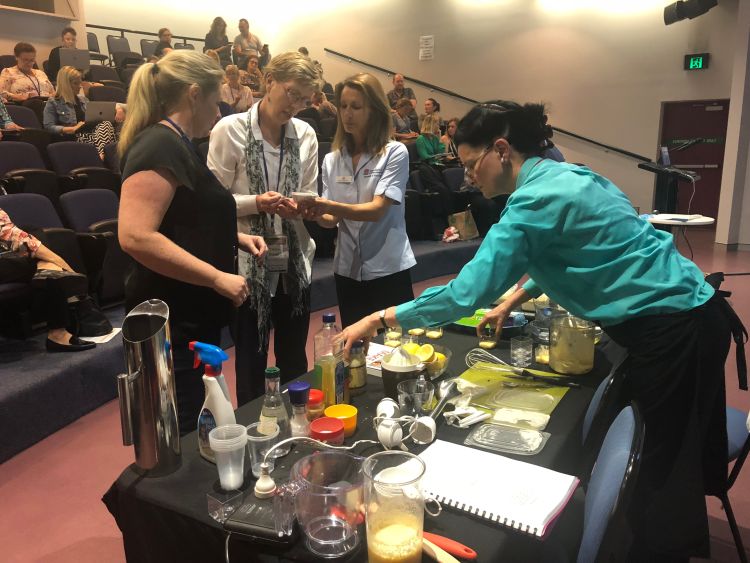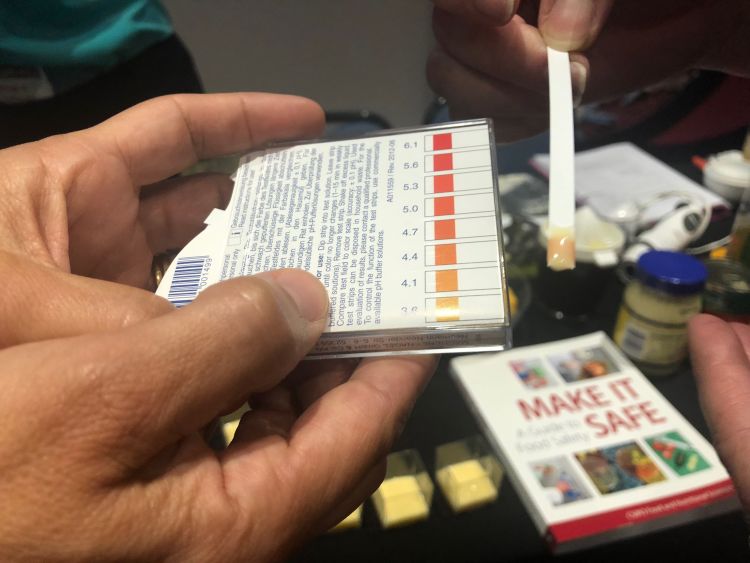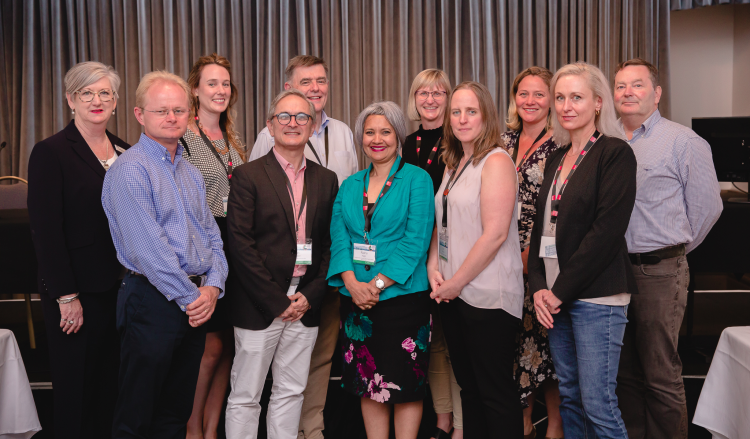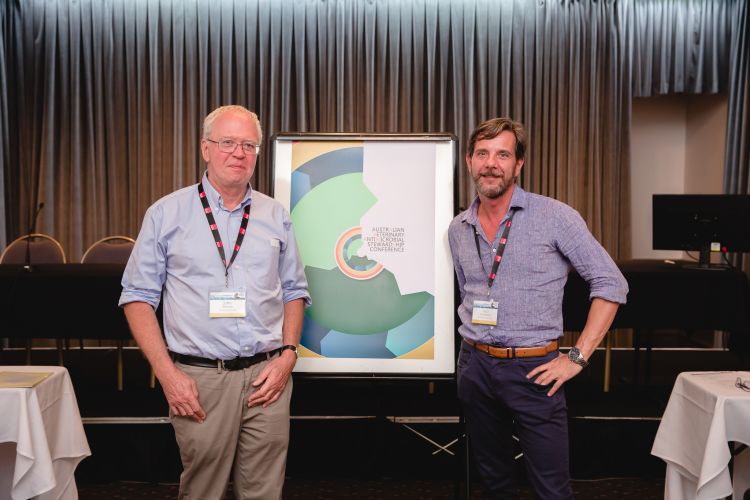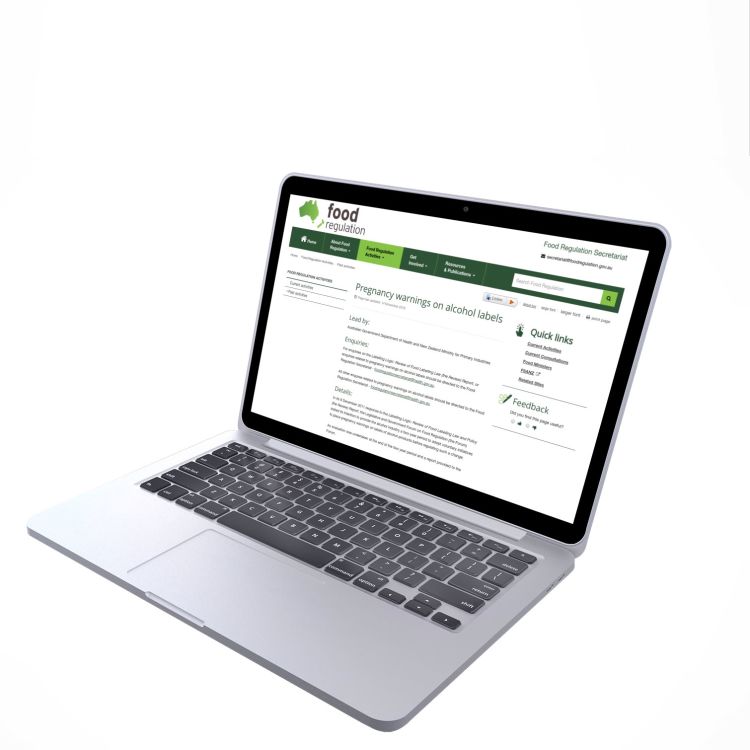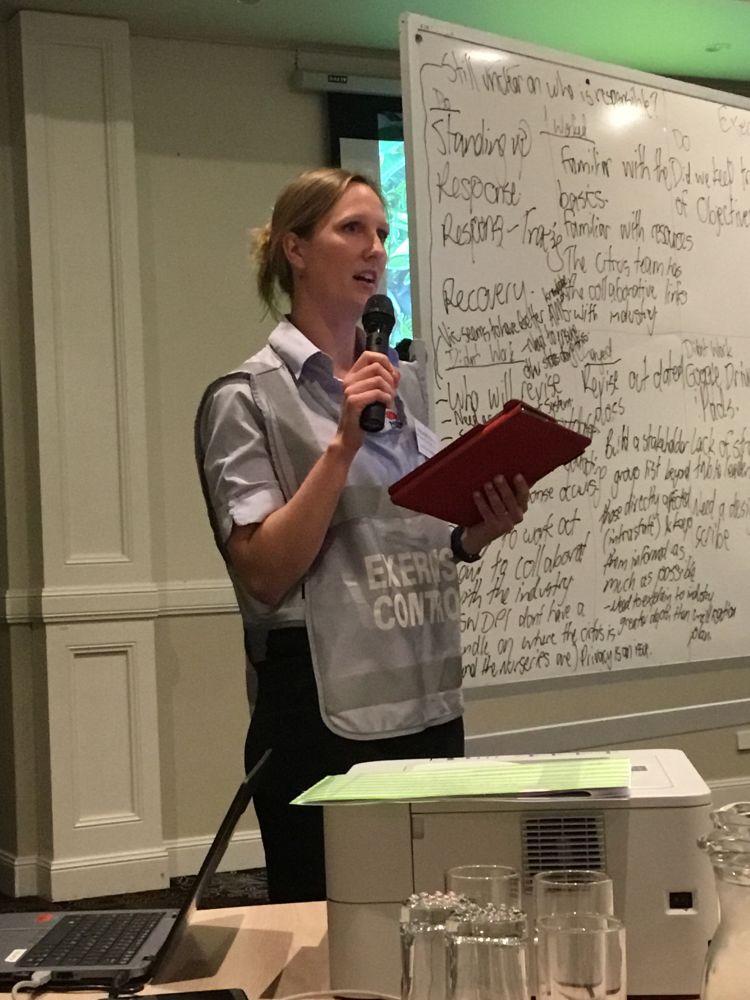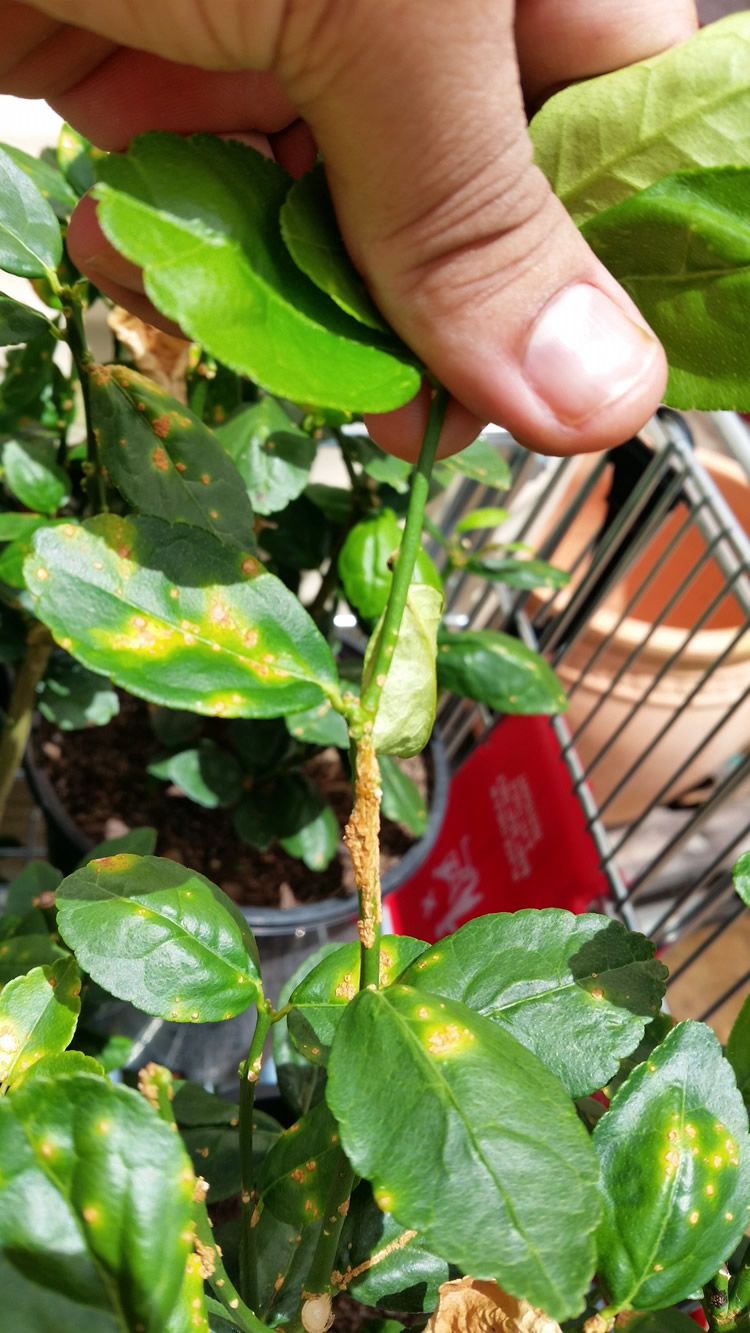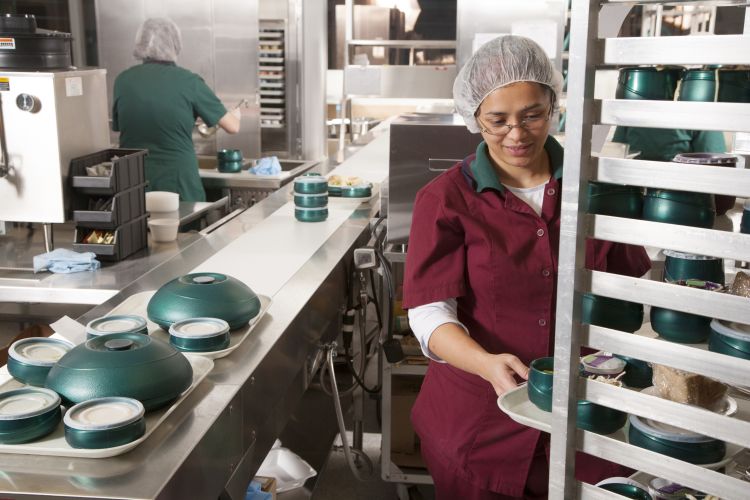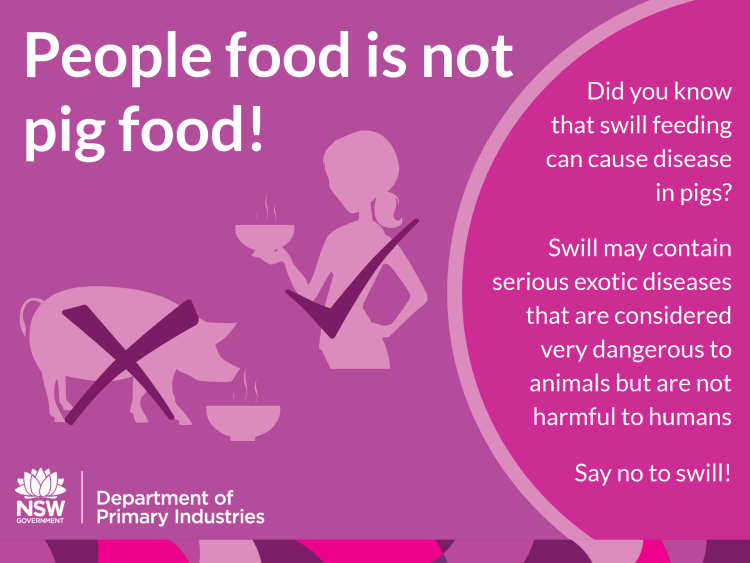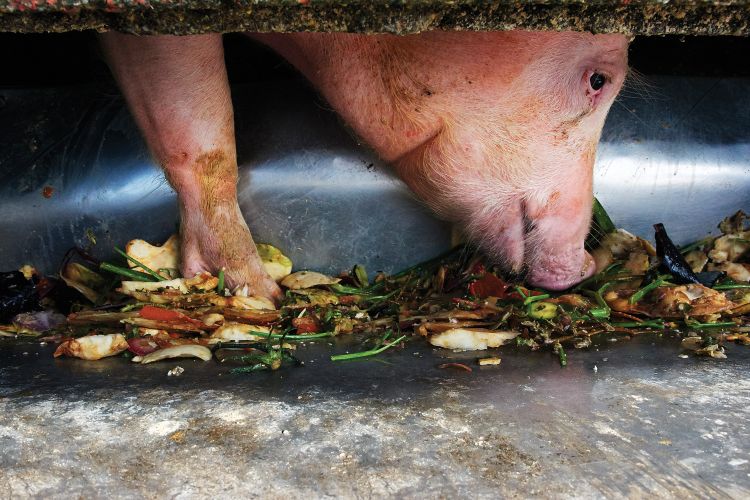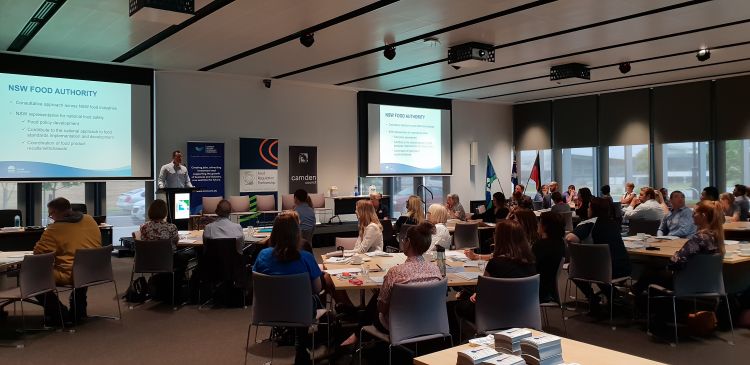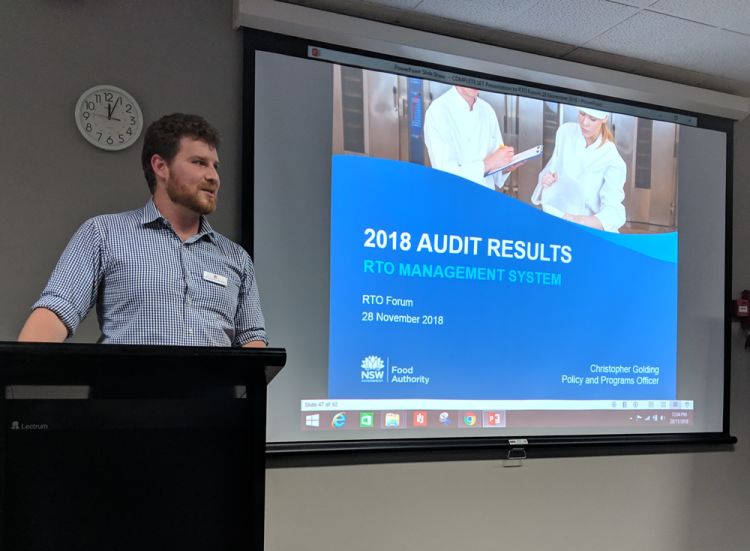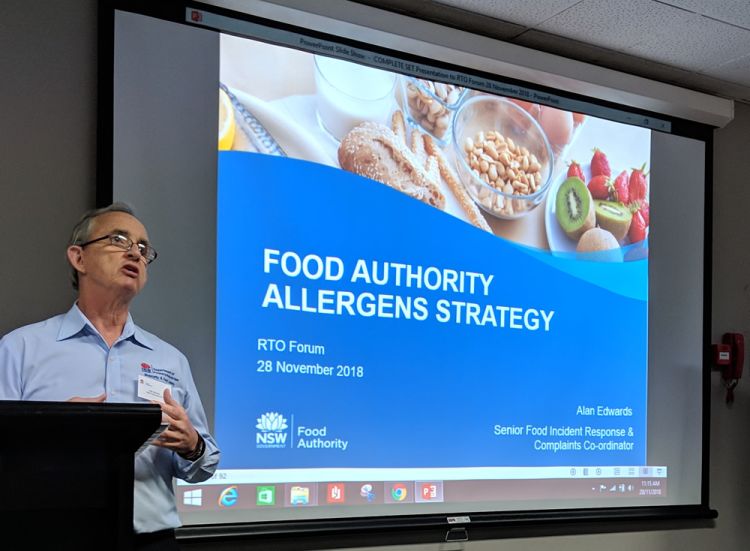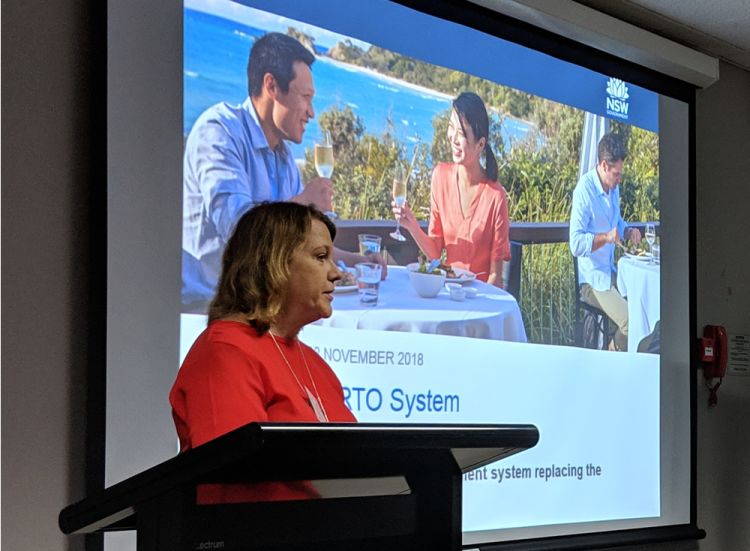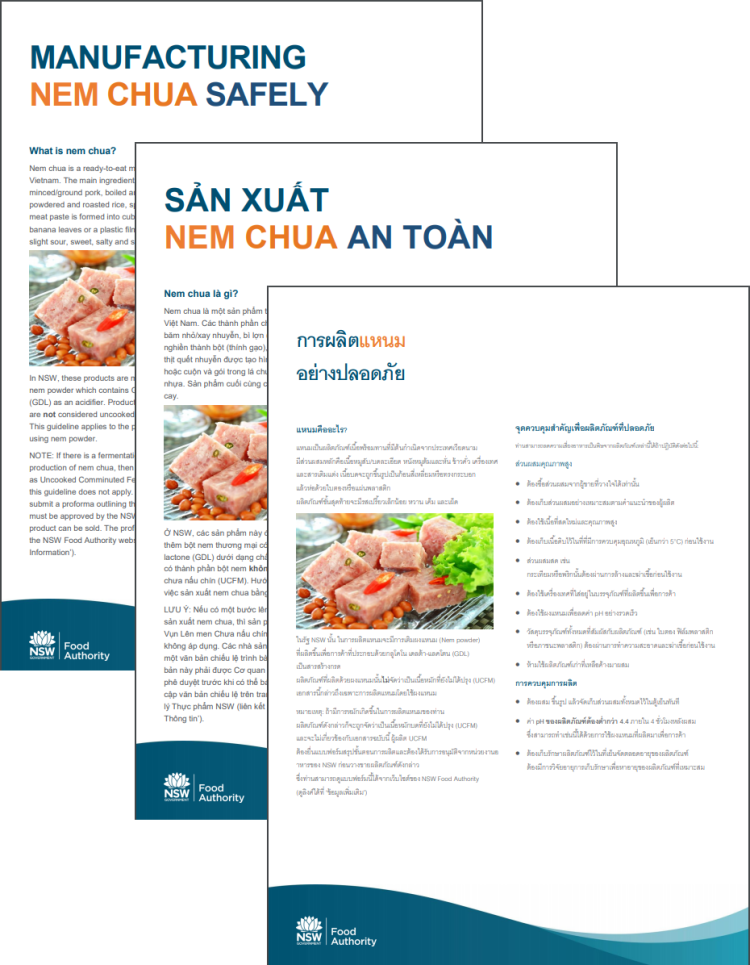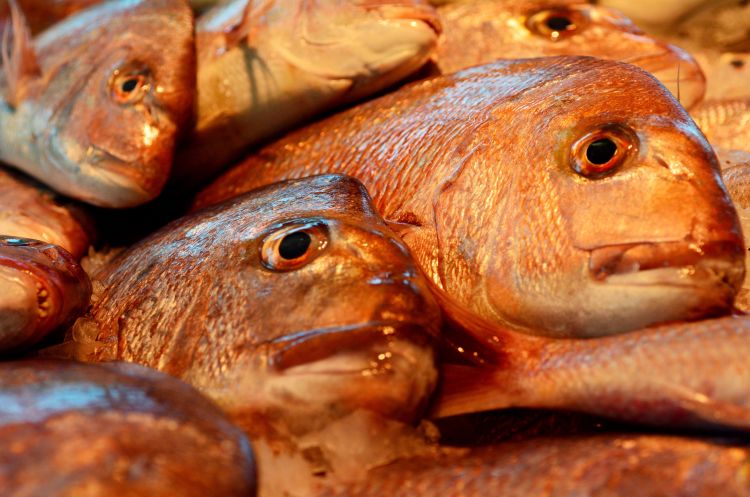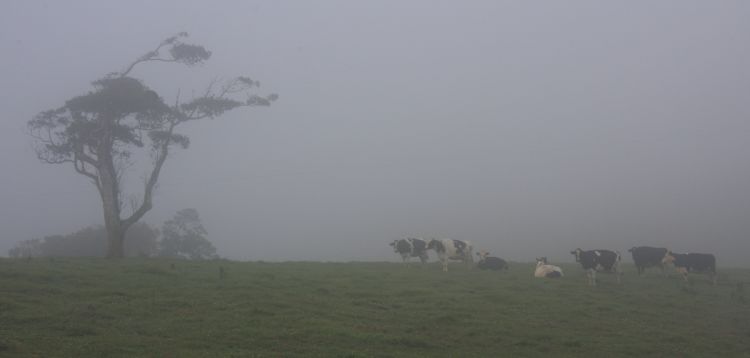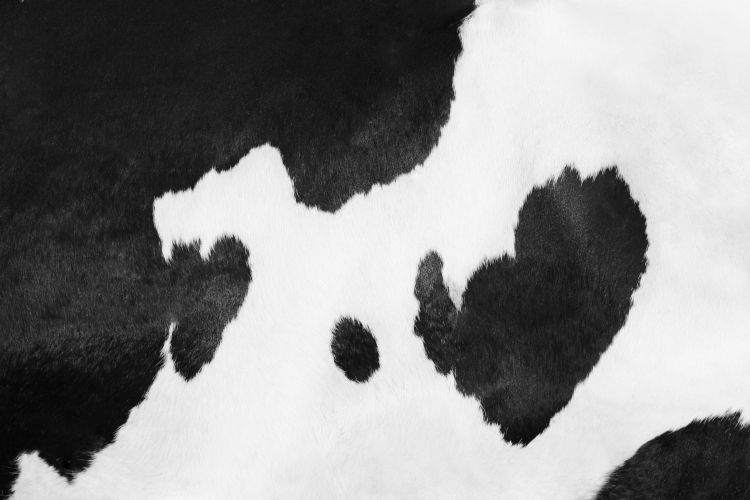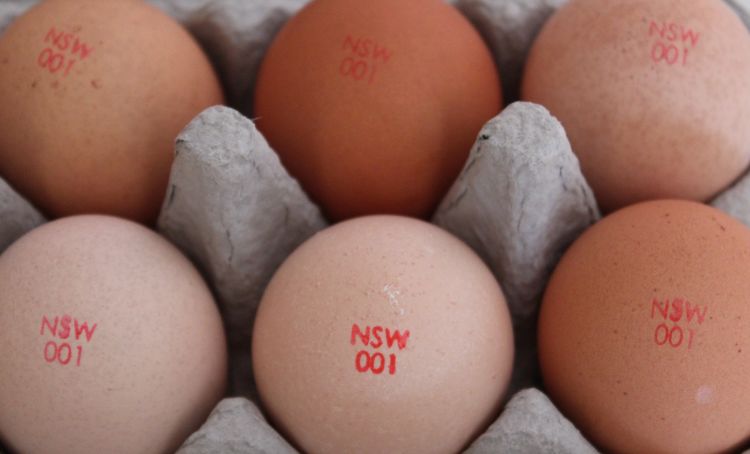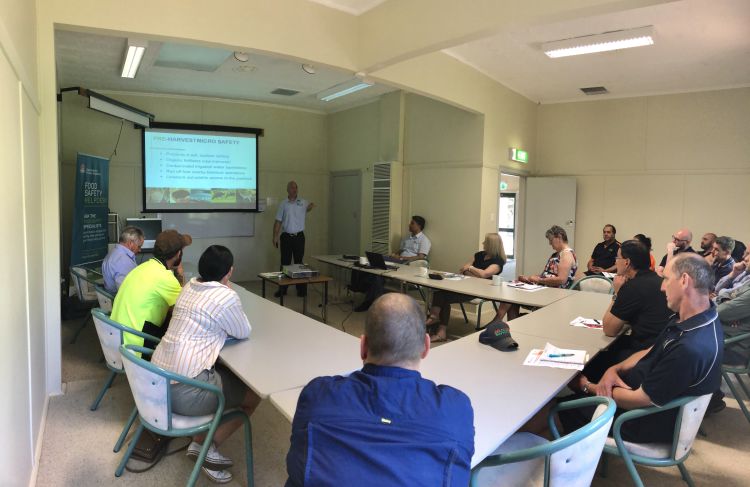Welcome to Foodwise digital

In the last edition of Foodwise we talked about going digital to give readers a more interactive and engaging experience.
The design and layout are similar to the print version but it's now easier to navigate to stories of interest and by industry sector.
There are links to our website, Twitter and Facebook and we encourage you to share content through your own social media.
Foodwise will continue to evolve and we’d like you to contribute to this evolution.
In the next edition we’ll invite readers to a survey but first impressions count, and we’d love to hear yours.
Scroll down to continue reading or use the top right navigation menu to find your way around.
Email your thoughts to food.contact@dpi.nsw.gov.au
National Traceability Project
Australia’s traceability systems are currently under review to ensure we are best placed to meet future demands.
Traceability is the ability to follow the movement of a product through stages of production, processing and distribution.
Traceability in agriculture has historically served three main purposes:
- Mitigating risks relating to biosecurity incursions
- Mitigating risks related to food safety incidents, and
- Meeting the market access requirements of trading partners.
Consumers and trading partners want to know more about the products they buy, including information about:
- food safety
- animal and plant pest and disease status
- provenance
- authenticity
- social matters such as sustainability, and animal welfare practices.
In 2017, a cross-jurisdictional Traceability Working Group, led by the Commonwealth, with membership from states and territories, was formed for the purpose of developing a national approach to Australia’s traceability systems. The Department of Primary Industries is represented on the working group through the Biosecurity & Food Safety Branch.
Australia has a reputation for exporting safe products that meet importing country requirements, and producing safe food for domestic supply - this project will further enhance the integrity of our systems.
The National Traceability Project involves two stages:
Stage 1 - review of current systems
- commenced in November 2017 and is now complete
The current state of Australia’s agricultural traceability systems across most agricultural commodities were assessed and global drivers for the future were reviewed.
Findings of the stage 1 review include:
Our current traceability systems meet our domestic needs and those of our trading partners.
There are differences in the sophistication of systems between various industries, mostly due to the traditional reasons for traceability.
We have an opportunity to enhance our traceability systems to ensure we are prepared for any future changes in requirements, and also to provide all of our exporters with a competitive advantage.
When considered from a national perspective, traceability systems for fresh horticultural products were identified as in most need of advancement to increase the speed of response to biosecurity incidents, assure food safety, protect human health and achieve favourable market access outcomes.
Read the full report of stage 1 findings.
Stage 2 - develop a national framework
- commenced in October 2018
The second stage will see the development of a National Traceability Framework and Action Plan which will be done in consultation with industry.
Consultation will consist of a number of engagement activities such as workshops, face to face meetings with key industry bodies and individuals as well as project updates on the National Traceability Project webpage.
To find out more about the National Traceability Project, or to find out how you can get involved, contact David Cusack, Manager Food Standards and Programs at David.Cusack.dpi.nsw.gov.au or on (02) 9741 4860.
References
International Organization for Standardization – ISO 22005:2007, traceability in the feed and food chain—general principles and basic requirements for system design and implementation.
Commonwealth of Australia 2018, National Traceability Project, accessed 21 November 2018.
Traceability Working Group 2018, Enhancing Australia’s systems for tracing agricultural production and products, Department of Agriculture and Water Resources, Canberra, October. CC BY 4.0.
Agriculture and food safety in schools - from paddock to plate
Promoting agriculture and food safety education in schools is vital to increasing community knowledge about food and fibre production and how to keep food safe.
A new Technology Mandatory Syllabus Years 7-8 that includes Agriculture and Food Technologies is being implemented in schools in 2019. About 26,000 students are studying food technology in NSW, and it is one of the fastest growing areas of interest in the school syllabus.
Teaching the teachers
Together with FoodEdu, the NSW Food Authority and the Department of Primary Industries (the DPI in Schools Program) delivered a one day Teacher Training Seminar on 30 October. The inaugural event was hosted by the Professional Teachers’ Council NSW, and member teacher organisations; the Technology Educators’ Association (TEA) and the Home Economics Institute of Australia (HEIA NSW).
The NSW Food Authority delivered an interactive ‘Practical Risk Assessment’ session. This activity focused on learning how to assess the level of food safety risk in certain foods and how they’re prepared in order to mitigate foodborne illness.
Participants were also given a demonstration on the acidification of a raw egg mayonnaise using vinegar, and learnt why it is so important to ensure that pH values are 4.2 or less as this will ensure that pathogenic bacteria such as Salmonella do not grow, form spores or produce toxins.
New syllabus resources
The DPI in Schools Program workshop introduced three new resources that cover all syllabus outcomes for Agriculture and Food Technologies. The fully resourced units include:
- The Hamburger Unit - investigates the main Australian production industry sectors (wheat, beef, dairy, sheep, pork, poultry and horticulture) and investigates these industries and their food products from the paddock to the plate
- The Yabbi Unit - includes additional outcomes from the Engineered Systems and Digital Technologies mandatory content.
- Food and Fibre Production: an Aboriginal Perspective - designed to cover all Aboriginal content outcomes from all context areas in the new Technology Mandatory syllabus
In this session, participants were also guided through the NSW Education Standards Authority (NESA) program builder so they could build their own Technology Mandatory Program for 2019.
Each participant was provided with kits and instructions for all activities which they could take back to the classroom, with all resources also provided electronically. Secondary school teachers in NSW had identified that they find it difficult to access resources relating to these subjects, as well as understanding some of the fundamentals of the topics, and how to convert that into teaching programs, so the provision of these resources and real world knowledge and experiences was invaluable.
To deliver the syllabus next year, teachers are required to participate in a Professional Development program and achieve 100 points over 5 years - attendance at the Teacher Training Seminar contributed towards this.
Feedback from participants was overwhelmingly positive and included
“I would firstly like to express my appreciation for the commitment which went into coordinating and presenting such a superb professional forum. I also valued the professional respect which was afforded to us, the teachers” and “the day was rich in content and experience”.
The NSW Food Authority and Department of Primary Industries plan to build on the program for secondary school teachers in NSW and make it a regular occurrence, as well as use the experience to find new educational pathways for our future food and agriculture champions.
Inaugural Australian Veterinary Antimicrobial Stewardship Conference
The NSW Department of Primary Industries (NSW DPI) was proud to sponsor the recent inaugural Australian Veterinary Antimicrobial Stewardship Conference 2018 which was held in November.
As part of the sponsorship, DPI provided support for the attendance of Kellie Thomas, a student from Charles Sturt University. Kellie submitted an abstract on a project starting in November which is looking to investigate the incidence, attitude towards, and risks associated with antimicrobial resistance in the Riverina Community. Kellie’s abstract was accepted which provided her with the opportunity to deliver a presentation on the project during the conference.
The sponsorship also supported the attendance of an international plenary speaker, Professor John Prescott, a retired veterinary bacteriologist and University Professor Emeritus at the University of Guelph in Canada.
Antimicrobial Stewardship (AMS) refers to taking personal responsibility for the use of antimicrobials to ensure they remain effective, so that high levels of health and welfare are present throughout the life of all humans and animals who might require antimicrobials to treat infection.
This foundation conference was designed to provide Australian veterinary stakeholders the opportunity to contribute to, and learn about, the growing number of veterinary AMS initiatives underway in Australia, but also identify opportunities to collaborate to strengthen these initiatives and address barriers that might impede progress to further refinement of these efforts.
Australian approaches to the appropriate use of antimicrobials in animals have always had their basis in the principles of AMS and lead the world in many of these initiatives. However, there is more that can be done to capture current efforts and clarify areas that require further progress. All industries have the dual responsibilities of minimising the development of antimicrobial resistance, while upholding our collective responsibility to ensure high standards of animal health and welfare are maintained.
Sarah Britton, NSW Chief Veterinary Officer and Group Director Animal Biosecurity and David Jordan, Principal Research Scientist, both representing NSW DPI joined Dr Mark Schipp, Australian Chief Veterinary Officer, Professor Brendan Murphy, Chief Medical for the Australian Government and many other leaders in the AMS field, both nationally and internationally to participate in sessions on:
- Surveillance of antimicrobial usage in animals
- Global perspectives on AMS
- Understanding antimicrobial resistance and AMS
- AMS initiatives and perspectives
- What does veterinary AMS look like in practice?
- Barriers and potential opportunities to progressing veterinary AMS
Feedback from delegates was overwhelmingly positive with the conference deemed as highly successful.
Australian cherries take to the sky
Earlier this month, Minister Niall Blair launched Australian cherries at Shanghai’s China International Import Expo (CIIE) and Guangzhou.
For the first time, mainland Australian cherries were airfreighted into one of the most lucrative export markets in the world, China. Previously taking up to 21 days to arrive in China, mainland Australian cherries can now be available for purchase by Chinese consumers within four days of harvest.
The launch of mainland Australian cherries into China is a result of renegotiated amendments to the import protocol by China and our federal colleagues, the Department of Agriculture and Water Resources, which was originally signed in November 2017. The agreement wasn’t gazetted until 5 January 2018, leaving it too late for many of our NSW cherry growers and exporters to send cherries last season.
NSW cherry growers and exporters are now expected to benefit considerably from this new agreement as suppliers of cherries to the China market this season.
The new import protocol has seen mainland Australian cherries reach retail prices similar to Tasmanian cherries, which command the highest prices in the world. At the time of the launch, mainland Australian cherries were selling for AU$60/kg; prices never seen before in China.
Bernard Hall, Caernarvon Cherry Company, BiteRiot
Bernard Hall, Caernarvon Orchard and BiteRiot, discusses why biosecurity is important to his business and what measures he has in place to protect his property from biosecurity risks.
Big win for smallgoods

Robert Ryan OAM, President, Royal Agricultural Society, Paul McMillan, Barossa Fine Foods and Lisa Szabo, CEO NSW Food Authority
Robert Ryan OAM, President, Royal Agricultural Society, Paul McMillan, Barossa Fine Foods and Lisa Szabo, CEO NSW Food Authority
NSW Food Authority CEO Dr Lisa Szabo has congratulated the Champion Smallgoods winner of the Royal Agricultural Society’s 2018 Sydney Royal Fine Food Show.
Barossa Fine Foods was awarded the NSW Food Authority supported Champion Smallgoods Exhibit in the Sydney Royal Smallgoods & Charcuterie Competition for its Kalbs Liverwurst, a fine german pate with vanilla, pepper, nutmeg and roast onion.
The Food Authority’s annual sponsorship of the Royal Agricultural Society of NSW Sydney Royal Fine Food Show is an opportunity for the Food Authority to acknowledge and thank producers in NSW and further afield for their outstanding contribution towards NSW and Australia’s world renowned food industry.
Dr Szabo said the NSW Food Authority is proud to sponsor an event that promotes excellence and innovation in the fine food industry.
Australia and New Zealand Ministerial Forum on Food Regulation
The Australia and New Zealand Ministerial Forum on Food Regulation, chaired by Senator the Hon. Bridget McKenzie, met on 11 October 2018.
The Forum comprises all Australian and New Zealand Ministers responsible for food regulation, and the Australian Local Government Association.
Some key outcomes from the meeting included:
Pregnancy warning labels on packaged alcoholic beverages
The Forum noted a Decision Regulation Impact Statement (DRIS) with four options for progressing pregnancy warning labels on packaged alcoholic beverages. The DRIS was prepared by the Food Regulation Standing Committee and took into account stakeholder views provided through a targeted stakeholder consultation in May and June 2018 and further research, modelling and evidence gathering.
The Forum agreed that, based on the evidence, a mandatory labelling standard for pregnancy warning labels on packaged alcoholic beverages should be developed and should include a pictogram and relevant warning statement. The Forum requested Food Standards Australia New Zealand (FSANZ) develop this mandatory labelling standard as a priority and that the work be completed expeditiously.
The Forum recognised the efforts of a large segment of the sector, including many small businesses, in voluntarily adopting pregnancy labelling. In recognition of these efforts, the Forum called for comprehensive consultation and appropriate transition timelines and stockin-trade exemptions on new arrangements.
Misleading descriptions for food
Forum Ministers remain committed to maintaining the integrity of the food system. Food and consumer laws prohibit misleading conduct, which includes misleading descriptions of food on labels.
The Forum noted that recent action has been taken by relevant jurisdictions and the Australian Competition and Consumer Commission (ACCC) in relation to adulterated and counterfeit honey.
The Forum further noted recent international regulatory amendments in relation to the naming of food products, including meat and dairy alternative products. The Forum requested the Food Regulation Standing Committee develop an options paper on how food standards, including labelling, definitions and other elements be considered out of session in early 2019 allowing enough time for decisions to be taken at the May 2019 Forum meeting.
Seafood labelling
Australian Forum Ministers considered advice prepared by the Food Regulation Standing Committee concerning seafood labelling in the food service sector.
The Forum was advised of the current Australian provisions that enable consumers to request country of origin information for seafood directly from the foodservice business and that based on extensive consumer research, there is insufficient evidence to warrant extension of the current Australian Country of Origin Labelling legislation to seafood in the foodservices sector.
The Forum will write to the Consumer Affairs Forum to request they further consider the issue of country of origin seafood labelling in the food service sector with respect to any new evidence and experience.
Visit the Food Regulation website to read the communique outlining all key outcomes from the meeting.
Exercise Orange Juice
Exercise Orange Juice was held in Griffith on 26 October with the aim of testing NSW’s ability to respond to a simulated outbreak of citrus canker.
The exercise was a collaboration between industry, state and federal governments and was organised by NSW Department of Primary Industries (NSW DPI) in conjunction with Local Land Services.
Exercise Orange Juice was a timely examination of NSW’s capacity to respond to a citrus canker incursion. Citrus canker has never been detected in NSW but a nationally coordinated eradication effort is currently underway in the Northern Territory and Western Australia.
This makes it vital for NSW to test its capacity and identify areas for improvement.
The exercise scenario was hypothetical and encouraged discussion which focused on preparation and response. Participants, many of whom have had previous experience in an emergency response, showed great enthusiasm when brainstorming processes and actions that will help ensure an effective response should citrus canker ever be detected in NSW.
The one day exercise involved representatives from NSW DPI, Local Land Services, Plant Health Australia, Citrus Australia, Nursery and Garden Industry Australia and NSW Farmers.
The exercise is currently being reviewed with an exercise report and recommendations due by the end of the year.
Exercises such as this are an important part of government and industry’s preparedness to respond effectively and efficiently to biosecurity emergencies. The exercise assists in better preparation for pest and disease incursions that have the potential to damage Australia’s food and fibre production industries.
What is Citrus canker?
Citrus canker is a plant disease caused by the bacterium Xanthomonas citri sub species citri. Citrus leaves, stems and fruit are affected. It does not harm people.
The disease presents as lesions or cankers at infection sites and severely impacts fruit quality and yield.
Citrus is one of the most important horticultural industries in NSW with a production area of around 13,000 hectares.
The Australian citrus industry is the largest fresh fruit exporter in Australia worth in excess of A$200 million annually.
NSW produces around 250,000 tonnes of citrus annually representing 40% of Australian production and 36% of citrus exports.
The largest and most important production areas in NSW are in the Riverina and Murray Valley regions, with smaller plantings located around Bourke, Narromine and the Central and North coast regions of NSW.
The main citrus fruits grown in NSW are navel and Valencia oranges, mandarins, lemons, limes and grapefruit.
For more information on citrus canker, including how to report if if you suspect a plant has it, visit the NSW DPI website.
Third Party Auditor Register now ONLINE
Conducting regulatory food safety audits in licensed food businesses is not only a legislative requirement to ensure compliance with Food Regulation 2015 and to protect public health and safety; it’s also good business practice as it provides a framework to help businesses identify and manage potential hazards to food safety.
Regulatory audits can be conducted by officers employed by the NSW Food Authority, or by Third Party Auditors (TPA’s) approved by the Food Authority under its Regulatory Food Safety Auditor System - provided the individual facility has been approved for audit under this system.
Businesses licenced under a permission listed below may apply to move to this system. Facilities with multiple licence permissions should contact the Food Authority for clarification.
- Facilities licensed to provide food to vulnerable persons
- Cold food storage
- Dairy primary production
- Plant products
- Seafood processing
- Seafood processing – RTE products
- Seafood processing – RTE including wet storage
- Aquaculture with processing, excluding shellfish – RTE products
If your facility is approved to use a TPA, there are many benefits in doing so. Did you know, that by using a TPA you could:
- schedule audits at a time that suits you
- organise the same auditor to perform all audits - once an auditor becomes familiar with your food business, it may reduce the time it takes to conduct the audit
- If you are a large business group, you could contract the same auditor to do audits of all approved facilities
- potentially reduce the costs associated with audits.
If using a TPA, details of all audit results are then forwarded to the Food Authority who will follow up on any audits requiring further action.
The Food Authority recently updated the auditor register on the website from a PDF to an on-line and dynamic version to increase search functionality, and to ensure details are kept up-to-date.
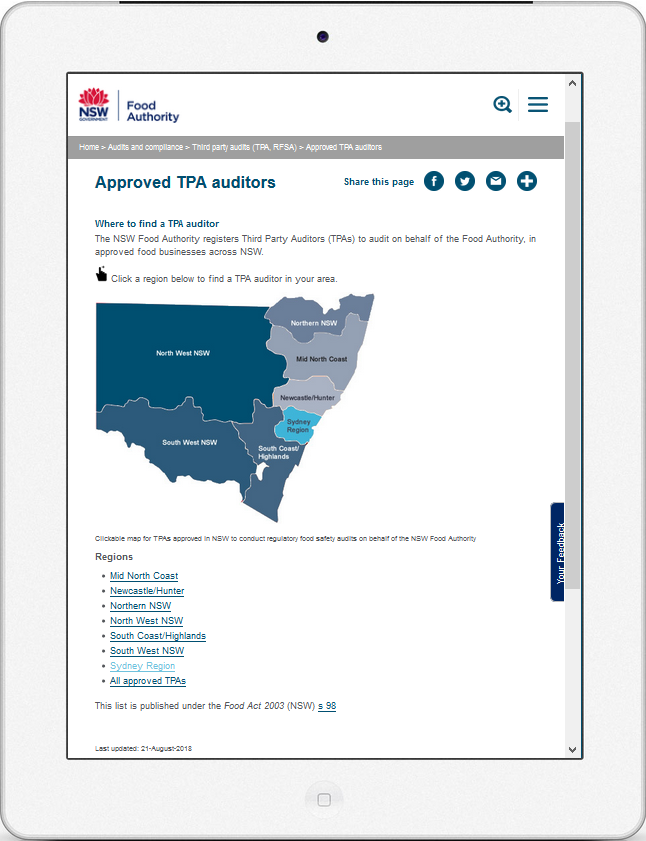
Approved TPA auditors website
Approved TPA auditors website
To find an an approved auditor in your area, simply go to the auditor register, and click on a region of the map. Remember, TPA’s can only audit a food business at the level that they are approved - see the Auditor endorsement column in the register for this information.
Visit the Food Authority website for more information on the Regulatory Food Safety Auditor System.
RETAIL
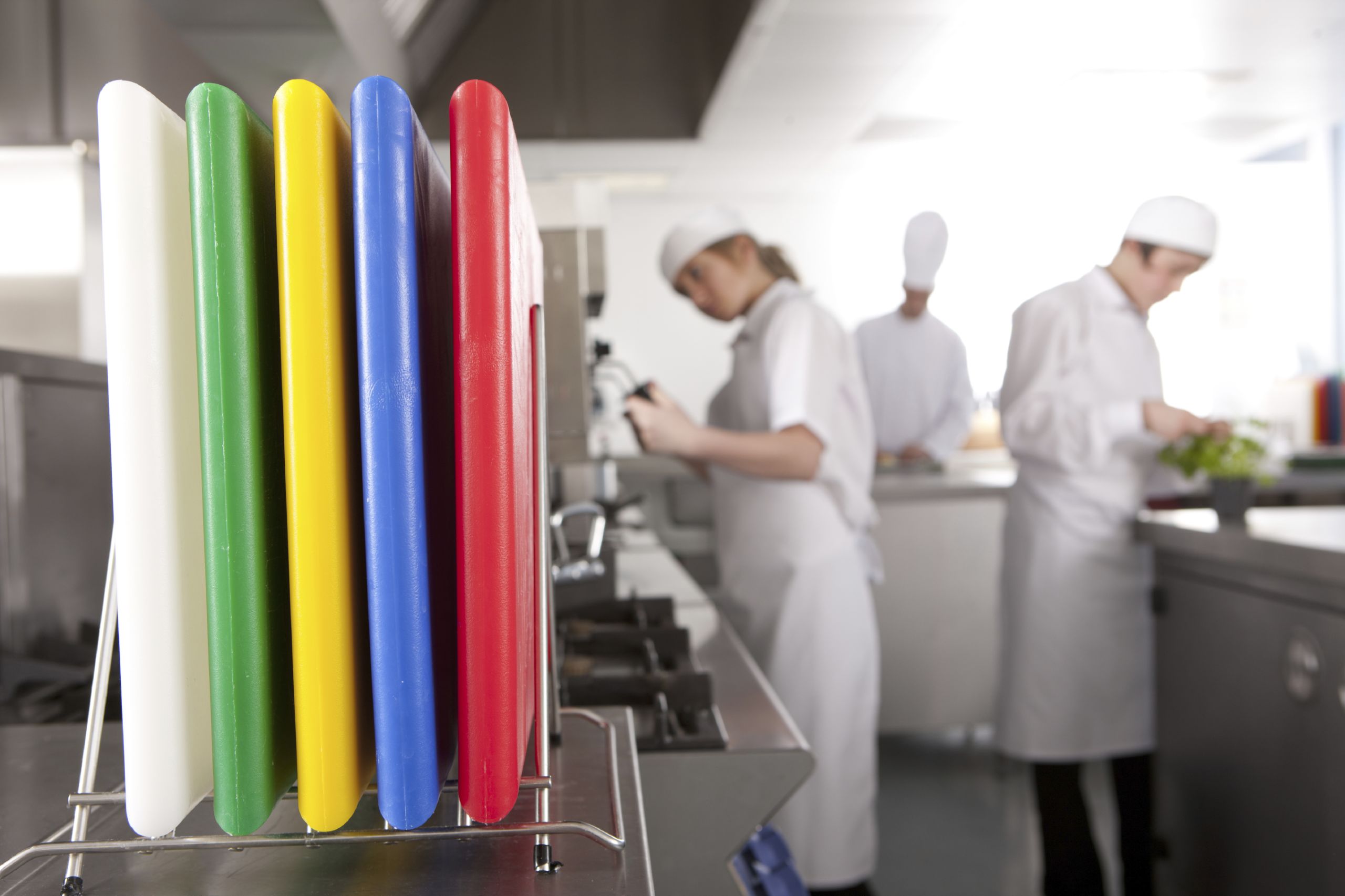
Responsible disposal of food waste
Food waste containing meat or other mammalian by-products must not be fed to or able to be accessed by pigs or ruminants (cattle, sheep, goats or deer). This food is prohibited feed commonly known as ‘swill’ for pigs and ‘Restricted Animal Material’ (RAM) for ruminants.
Feeding swill and RAM is illegal in all states and territories of Australia. Feeding swill may lead to serious diseases in pigs including foot and mouth disease, African and classical swine fevers. RAM may contain agents that cause fatal brain diseases such as mad cow disease.
Australia is currently free of these diseases but food waste containing these pathogens may be illegally brought into Australia undetected by quarantine. Banning the feeding of prohibited food waste to pigs and ruminants provides an important defence against these and other serious livestock diseases to Australia.
Food that must NOT be supplied or fed to pigs and ruminants
All food waste that contains meat, meat products, illegally imported dairy products not of Australian origin, or anything that has been in contact with these items. Examples include:
- table scraps
- meat pies & sausage rolls
- bacon and cheese rolls
- salads with bacon pieces
- deli meats
- untreated used cooking oils and fats.
Anything that has been in contact with swill or RAM through the collection, storage or transport in contaminated containers such as meat trays and takeaway food containers, must not be fed to pigs and ruminants.
These restrictions apply to ALL pigs and ruminants, including pets and stock kept by hobby farmers.
Disposing of food waste responsibly
Businesses that prepare and/or sell food have a responsibility to dispose of food waste appropriately. It is illegal to supply a person with, or access to, prohibited feed waste to feed pigs or ruminants.
Prohibited food waste should be placed in a garbage bin for collection by local council or commercial waste service, for disposal in landfill or composting at a recycling facility.
The feeding of pigs and ruminants is regulated under Part 2, Division 9, of the Biosecurity Regulation 2017 and penalties may apply under the Biosecurity Act 2015.
The Responsible disposal of food waste brochure has been developed by the Department of Primary Industries specifically for food businesses.
Click on the links for more information on why swill and RAM should not be fed to pigs.
Camden feasts on food safety tips
Camden Council and the NSW Food Authority recently delivered topical food safety information and education at the latest Retail and Food Service Information Session.
Hosted by Camden Council, local food businesses were invited to learn about the Food Regulation Partnership between local councils and the Food Authority, the initiatives in place to support food safety such as Scores on Doors, Name and Shame, and the Food Safety Supervisor program. Attendees also received updates on food safety legislation and advice on how to meet the requirements.
With the rapid development of the local area a key feature, the Camden Region Economic Taskforce discussed ways in which local food businesses can adjust to growth and seize any opportunities that arise as a result. Camden Council also provided tips on how to build a food business whilst meeting food safety regulations.
Allergy & Anaphylaxis Australia delivered a presentation on the importance of managing food allergies, while attendees also heard about the Food Authority’s successes in reducing foodborne illness in NSW, which includes a 54% reduction of Salmonella Typhimurium since 2014. The efforts of the retail food service sector contributed greatly to this reduction.
One critical aspect in both managing allergies and reducing foodborne illness is effective cleaning and sanitising food handling areas. The audience was treated with a demonstration on how to read sanitising product labels and what factors to focus on when cleaning and sanitising at their food business premises.
The next Retail and Food Service Information Session is scheduled for March 2019. Further details will be provided once they are confirmed.
RTO Forum 2018
On 28 November, the Food Authority hosted its annual RTO Forum for registered training organisations delivering Food Safety Supervisor training (FSS) in NSW. The FSS provides practical skills and knowledge on food safety for food handlers in the retail and food service sectors.
The RTO Forum is an important part of the Food Authority’s engagement with training organisations. The event provides an opportunity for both the Food Authority and RTOs to learn from each other about the changing landscape for the vocational training sector.
This year our Business Systems Unit provided an overview of the upcoming Pivotal UX platform, which will replace the existing smartform system for issuing FSS certificates. The Pivotal UX is expected to be rolled out over the coming year, and will progressively consolidate all the FSS functions into the digital platform.
Presentations also provided an overview of the NSW Food Authority’s allergen strategy and the integral part food handler training in this area plays to help minimise the risk of anaphylaxis among sensitive consumers in the retail space. The Food Authority was also happy to report high compliance rates from its annual audit program for RTOs delivering the NSW FSS.
RTOs were also briefed on emerging work in the National Foodborne Illness Reduction Strategy 2018-2021+ and how this is will filter down into the retail and food service sector over the coming years.
The Food Authority is very appreciative of the level of engagement by RTOs delivering food safety training in NSW.
MEAT
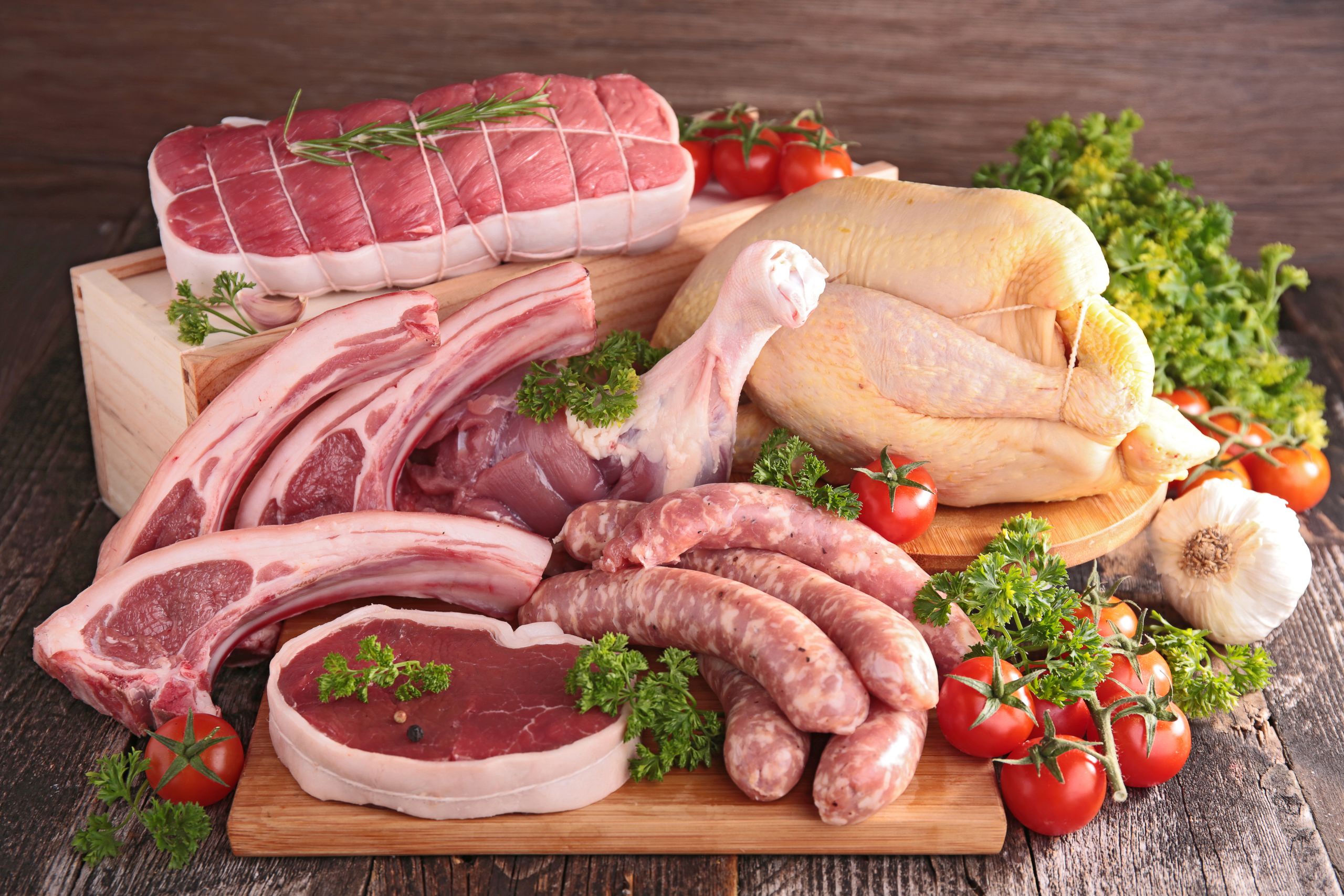
Inspections and audits
From July 2018 to September 2018, the Food Authority conducted 221 inspections and 621 audits of licensed meat businesses. This industry sector has recorded a high compliance rate of 98%.
The below table shows comparable data for compliance and audit activity in the meat sector between the same reporting periods in 2017 and 2018.
| Reporting period | July - Sept 2017 | July - Sept 2018 |
|---|---|---|
| Total audits | 709 | 621 |
| Total inspections | 294 | 221 |
| Acceptable audit rate | 96% | 98% |
Meat Industry Consultative Council, August 2018
Topics discussed at the last Meat Industry Consultative Council, held on 28 August included:
Biosecurity & Food Safety Compliance Regulatory Priorities 2018-19
Information on the Regulatory Priorities for the Department’s Biosecurity & Food Safety Regulatory Operations Unit was provided to members. These priorities are reviewed annually and are determined in consultation with stakeholders. They are delivered in conjunction with the Unit’s critical core functions, which include:
- Audit, inspection and certification services to verify a safe and secure food supply, the welfare of exhibited and research animals and to maintain and provide access to markets for NSW primary producers
- Investigation of unlicensed/unregistered operations and complaints, and
- Responding to and investigating foodborne illness outbreaks and pest and disease issues and assisting in emergency management operations as necessary.
Other priorities for the period have been set under the areas of Biosecurity, Food Safety, System Enhancement and Performance Enhancement. One of the priorities for the red meat sector is to conduct a traceability project from property to property (P2P) to enhance compliance and verification systems at key points in the supply chain for sheep, cattle, pigs and goats.
You can access the full list of priorities for the Biosecurity & Food Safety Regulatory Operations Unit here.
Update on National Foodborne Illness Reduction Strategy 2018-2021
The meeting received an update on the National Foodborne Illness Reduction Strategy 2018-2021.
Of specific relevance to the meat industry is the part of the strategy concerning poultry meat. A review of Chapters 3 & 4 of the Food Standards Code has been flagged to occur which will encompass Standard 4.2.2 (Primary Production and Processing Standard for Poultry Meat) and Standard 4.2.3 (Primary Production and Processing Standard for Meat). FSANZ has yet to commence this work.
The other issue highlighted is the national implementation of poultry process hygiene criteria (chicken meat only). This will be managed by the Australian Meat Regulators Working Group over 2018/19. The primary focus will be to promote consistency in terms of application and response. A copy of the poultry process hygiene criteria as provided in the FSANZ Compendium of microbiological criteria for food was tabled for information. Further updates will be provided to the Council as they progress.
View a full summary of meeting outcomes.
Manufacturing nem chua safely
Nem chua is a ready-to-eat meat product originally from Vietnam. The main ingredients include finely minced/ground pork, boiled and sliced pork rind, powdered and roasted rice, spices and additives. The meat paste is formed into cubes or rolls and wrapped in banana leaves or a plastic film. Nem chua must be produced by a meat processor who is licensed by the NSW Food Authority.
In NSW, these products are made by adding commercial nem powder which contains Glucono delta-lactone (GDL) as an acidifier. Products made with nem powder are not considered Uncooked Comminuted Fermented Meat (UCFM).
To reduce the risk of food poisoning from these products, there are a number of critical control points that must be followed in order to ensure a safe product. They include:
- High quality ingredients must be used and stored properly
- Controlled processing such as refrigeration and the use of commercial nem powder to reduce the pH quickly must be adhered to
- Food additives must comply with Schedule 15 clause 8.3 and Schedule 16 of the Food Standards Code
- As nem chua is a ready-to-eat product, it must be tested according to the requirements outlined in the NSW Food Safety Schemes Manual. In addition, manufacturers must also conduct environmental and work surface testing for Listeria spp. as described in the Manual.
- The product must also meet labelling requirements.
For the full details of the production of nem chua using nem powder, read the Manufacturing nem chua safely guideline on the NSW Food Authority website. This document is also available in Vietnamese and Thai.
Note: if there is a fermentation step involved in the production of nem chua, then the product is categorised as UCFM and manufacturers must submit a proforma outlining the production process. This must be approved by the NSW Food Authority before the product can be sold.
SEAFOOD
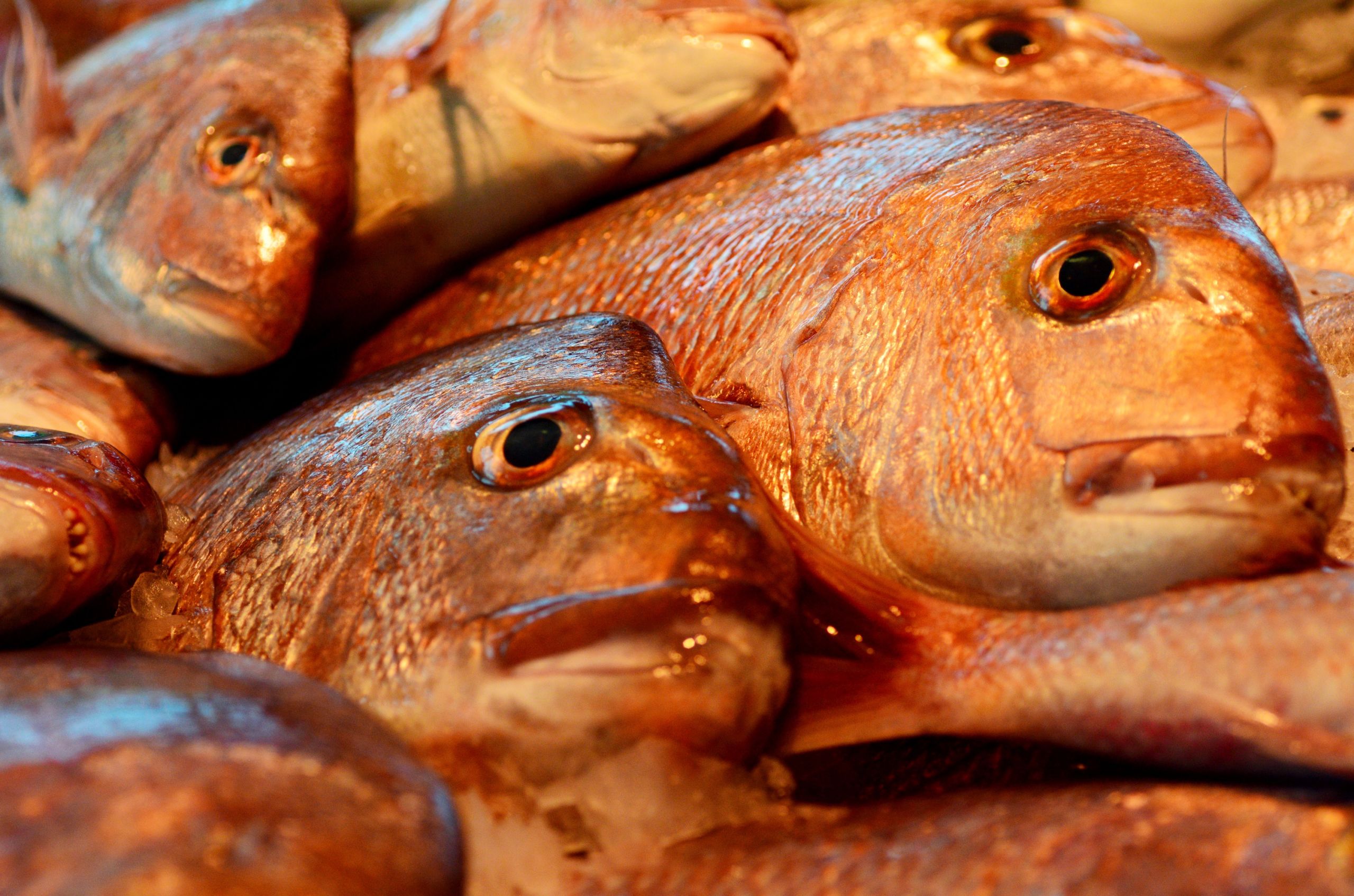
Inspections and audits
From July 2018 to September 2018, the Food Authority conducted 62 inspections and 145 audits of licensed seafood businesses. This industry sector has maintained a high compliance rate of 95%
The table below shows comparable data for compliance and audit activity in the seafood sector between the same reporting periods in 2017 and 2018.
| Reporting period | July - Sept 2017 | July - Sept 2018 |
|---|---|---|
| Total audits | 201 | 145 |
| Total inspections | 135 | 62 |
| Acceptable audit rate | 94% | 95% |
NSW Seafood Industry Forum, October 2018
Topics discussed at the recent NSW Seafood Industry Forum, held on 16 October included:
White Spot Disease – update
An update was tabled following completion of the first stage of the NSW national proof of freedom surveillance for white spot syndrome virus (WSSV), which found no evidence of WSSV in any NSW prawn fishery. NSW will continue its extensive advisory campaigns to key stakeholders of the formal restrictions in place for movement of product from the Queensland affected area.
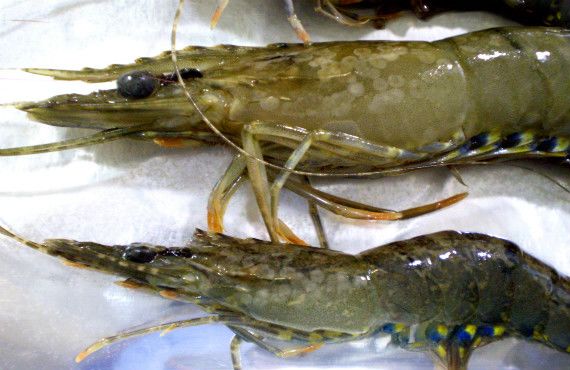
White spot disease on prawns
White spot disease on prawns
Members also received an extensive update on a proposal by the Queensland Department of Agriculture and Fisheries to undertake surveillance for WSSV in uncooked polychaete bait worms from Moreton Bay. A ban has been in place as a precautionary measure for movement of worms originating in this area to other areas including NSW. Should the proposed surveillance demonstrate freedom from WSSV in the Moreton Bay polychaete worm populations, the data will be used to inform a review of the risk assessment and for consideration of whether exemptions for trade in recreational bait worm species from the restricted area may resume. The sampling strategy will take place around November 2018 and March 2019.
Breaded, Battered and Crumbed Prawns
Forum members noted a paper tabled for information on new import conditions implemented by the Department of Agriculture and Water Resources (DAWR) for breaded, battered and crumbed prawns imported for human consumption. These conditions include the requirement for these products to undergo a par-cooking step during the processing to ensure the bread, batter or crumb coatings are baked onto the product, so that it remains attached to the prawn whether thawed or frozen. Further detail on specifications is available through the DAWR website.
Imported Food Notice concerning border controls for carbon monoxide treatment of tuna and barramundi
Members received a brief update on a DAWR Imported Food Notice (IFN 12-18) on Border controls for carbon monoxide treatment of tuna and barramundi issued on 20 July 2018 and updated on 27 September 2018. The purpose is to inform importers about border controls for the inspection and analysis of carbon monoxide (CO) treatment of fresh, chilled or frozen tuna and barramundi fillets, portions and cutlets. The new controls commenced on 1 November 2018.
View the full summary of meeting outcomes.
NSW Shellfish Committee, August 2018
Topics discussed at the August meeting of the NSW Shellfish Committee, held in Sydney on 15 August, included:
Capping of marker poles
NSW DPI Fisheries Aquaculture Management intend to amend the NSW Oyster Industry Sustainable Aquaculture Strategy (OISAS) to prohibit the use of vertical plastic pipe used for lease marking that is greater than 150mm in diameter. The prohibition will only apply to the installation of new lease marker posts and will not apply to existing posts that are currently in use by the industry. Where these plastic lease marker posts greater than 150mm are already in use, NSW DPI will require the leaseholder to either cap the pipe or place a device in the post to prevent fauna falling into the hollow void of the post. The prohibition will not apply to plastic pipe used horizontally for floatation purposes.
Shellfish relay policy revised
The NSW Shellfish Program recently revised the shellfish relay requirements to align with the Australian Shellfish Quality Assurance Program (ASQAP) manual. Accompanying the revised relay requirements is a simplified stock movement diary.
NOTE: the new requirements have since been rolled out to industry, refer to article “New shellfish relay procedures” in this section for more information.
Dredge bed lease security
Under existing policy, there is no provision to exempt dredge bed leases from the lease security bond fee. Dredge bed lease owners were contacted with the consensus in support of amending existing legislation to exempt these leases from the lease security bond due to the fact that they have no infrastructure and therefore limited to no clean up cost. DPI Fisheries will seek a policy amendment to exempt dredge bed leases from the lease security bond.
View the full summary of meeting outcomes.
New Shellfish Relay Procedures
At its meeting in August, the NSW Shellfish Committee endorsed the implementation of new requirements for relay of shellfish in NSW.
The changes align NSW with the 2016 updates to the Australian Shellfish Quality Assurance Program Manual.
The updated requirements for the movement of shellfish into and between designated harvest areas are now incorporated into the NSW Shellfish Program - Relay Procedures document. The updates include:
- The removal of references to ‘translocation’. All movements are now referred to as the ‘relay’ of shellfish.
- The inclusion of new withholding periods, depending on the status of source and destination harvest areas - the status of both needs to be considered when relaying. These withholding periods are based on risk and will provide operational advantages to some farmers.
Updated Food Safety Plans have also been developed to assist in the transition to the new requirements.
If you have not already done so, you should:
- Read the revised NSW Shellfish Program - Relay Procedures document to ensure you understand how the changes relate to your business operations
- Update your Food Safety Plan using the new templates (under the heading ‘Food safety controls’)
- If you use the NSW Shellfish Program Stock Movement Diary, access an updated version
The new requirements came into effect from 3 October 2018.
If you have any questions about the new relay procedure, contact the NSW Shellfish Program at: food.nswsp@dpi.nsw.gov.au or on (02) 6552 3000.
DAIRY
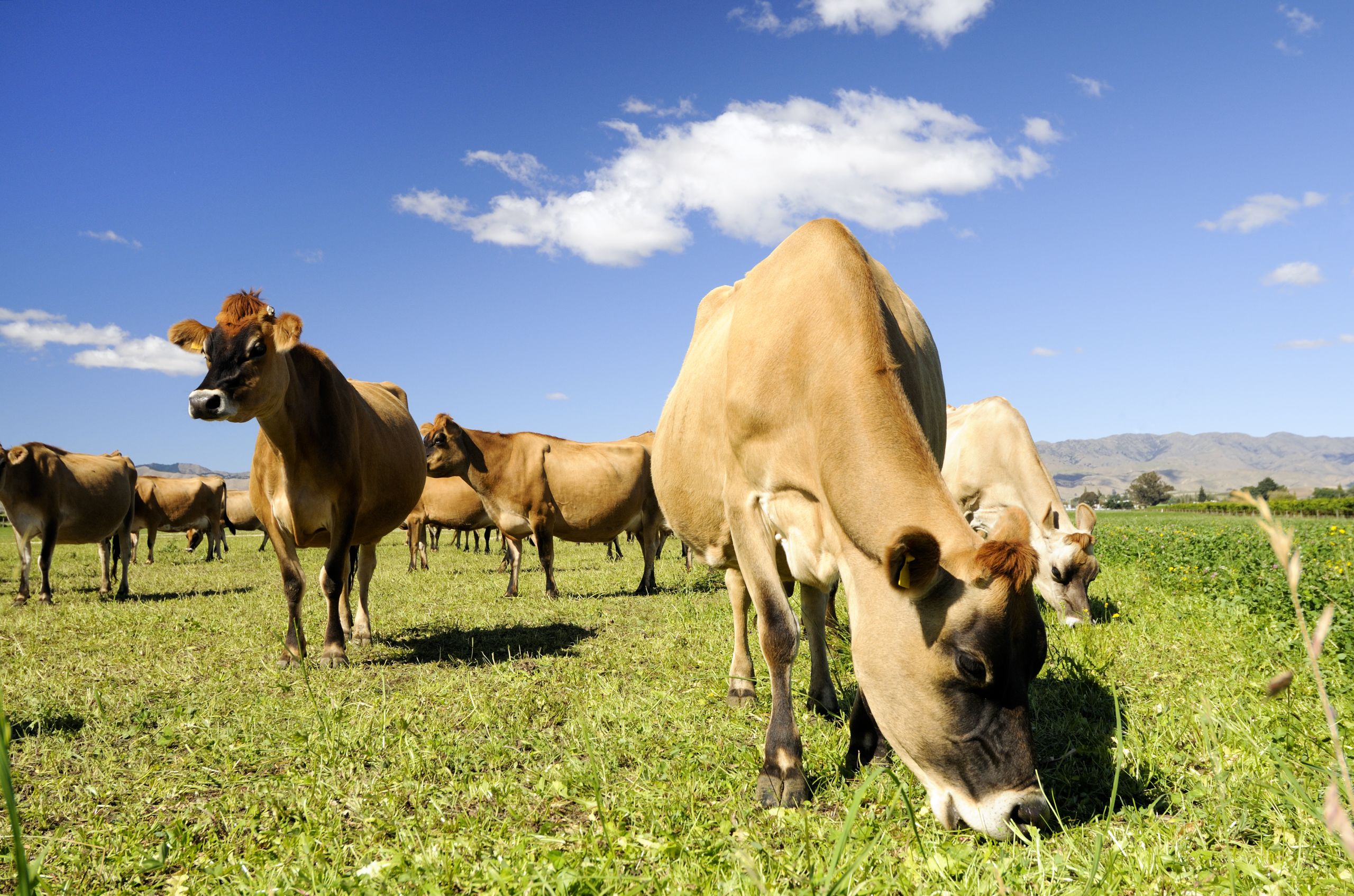
Inspections and audits
From July 2018 to September 2018, the Food Authority conducted 23 inspections and 119 audits of licensed dairy businesses. This industry sector has maintained a high compliance rate of 97%.
The below table shows comparable data for compliance and audit activity in the dairy sector between the same reporting periods in 2017 and 2018.
| Reporting period | July - Sept 2017 | July - Sept 2018 |
|---|---|---|
| Total audits | 236 | 119 |
| Total inspections | 40 | 23 |
| Acceptable audit rate | 96% | 97% |
Dairy Industry Consultative Committee, September 2018
Topics discussed at the latest Dairy Industry Consultative Committee, held on 18 September included:
Biosecurity & Food Safety Compliance Regulatory Priorities 2018-19
Information on the Regulatory Priorities for the Department’s Biosecurity & Food Safety Regulatory Operations Unit was provided to members. These priorities are reviewed annually and are determined in consultation with stakeholders. They are delivered in conjunction with the unit’s critical core functions, which include:
- Audit, inspection and certification services to verify a safe and secure food supply, the welfare of exhibited and research animals and to maintain and provide access to markets for NSW primary producers
- Investigation of unlicensed/unregistered operations and complaints, and
- Responding to and investigating foodborne illness outbreaks and pest and disease issues and assisting in emergency management operations as necessary.
The priorities demonstrate that there is now collaboration across the Department on projects, investigations and field work. It was noted that there are no specific priorities for this financial year relating to the dairy sector other than the proposed review of the third party auditing program.
You can access the full list of priorities for the Biosecurity & Food Safety Regulatory Operations Unit here.
Learnings from botulism in cattle incident
Members were provided with information highlighting key learnings from a botulism incident earlier this year.
Concerns were expressed by members that farmers needed to be made aware of the importance of having control measures in place to minimise risks to animals from the consumption of contaminated feed and that rotting organic matter can produce botulism toxins when mixed through silage and contaminate water sources.
Refer to the article contained in this section for further information on botulism in cattle, and what steps a cattle producer can take to mitigate the risk of it happening to their herd.
Approval of a raw milk cheese business
Members noted a paper advising of the recent approval of a NSW dairy company to manufacture raw milk cheese under Standard 4.2.4 of the Dairy Standard. This manufacturer has met all the conditions set out in the NSW Food Authority’s checklist for raw milk cheese and it is now available for sale.
View a full summary of meeting outcomes.
Botulism in cattle
NSW Department of Primary Industries and Local Land Services recently assisted a dairy farmer who experienced large herd losses as a result of botulism. It presents a cautionary tale, and a timely reminder for cattle producers to consider vaccination.
The bacteria which causes botulism, Clostridium botulinum, occurs naturally in the environment. If the bacteria are present in animal carcasses, rotting organic material and poorly prepared silage, they will multiply and form the botulism toxin. When animals ingest the toxin it causes weakness in the animal’s back legs, paralysis or collapse. If a large dose is ingested, death will occur in unvaccinated animals.
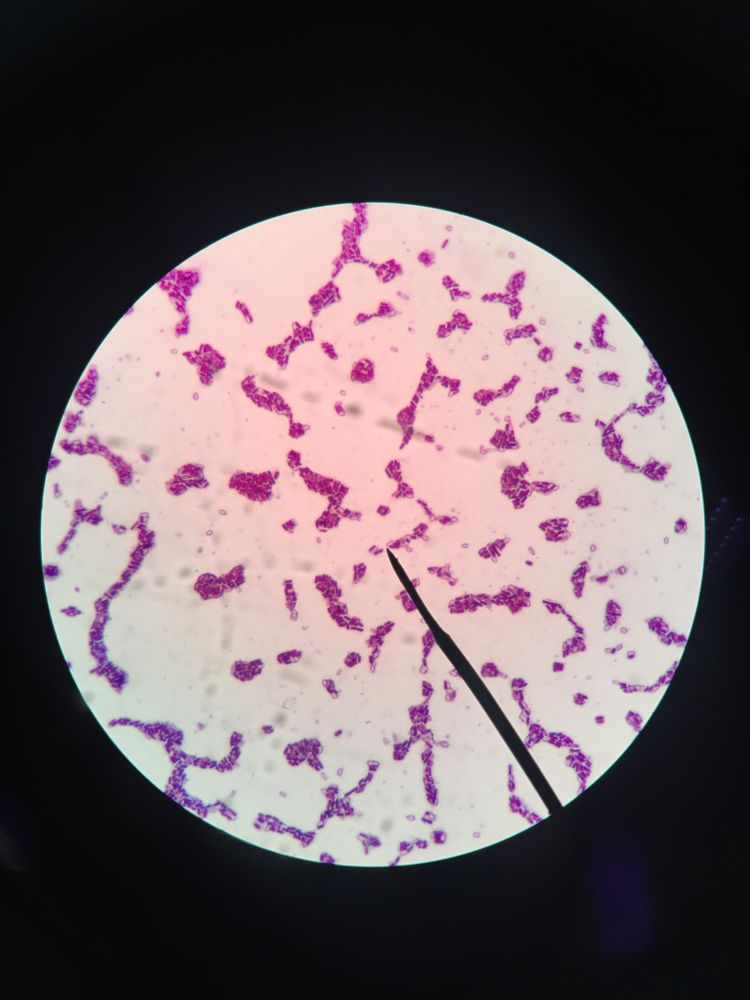
Clostridium botulinum
Clostridium botulinum
Meat and milk from clinically-normal animals in herds affected by a botulism outbreak is safe for human consumption. Animals with signs of botulism are not fit for slaughter and do not enter the food chain.
The milk from dairy cows experiencing signs of botulism does not enter the food supply.
The impacts of botulism can be significant. It can impact large numbers of cattle quickly, resulting in productivity losses, financial strain and stress for the producer.
Producers can help prevent botulism by vaccinating their herds, and this should be considered if the producer is feeding silage, grain, by-products or mixed rations or if the herd is in an area where botulism is a known risk. Vaccination can take four to five weeks to take effect.
The disease is not an exotic or notifiable animal disease, however, in any case where large numbers of stock are sick or have died, producers should always contact a private veterinarian, your Local Land Services’ district vet or call the emergency animal disease (EAD) watch hotline on 1800 675 888.
Further information regarding botulism in cattle can be found on the DPI website.
EGGS
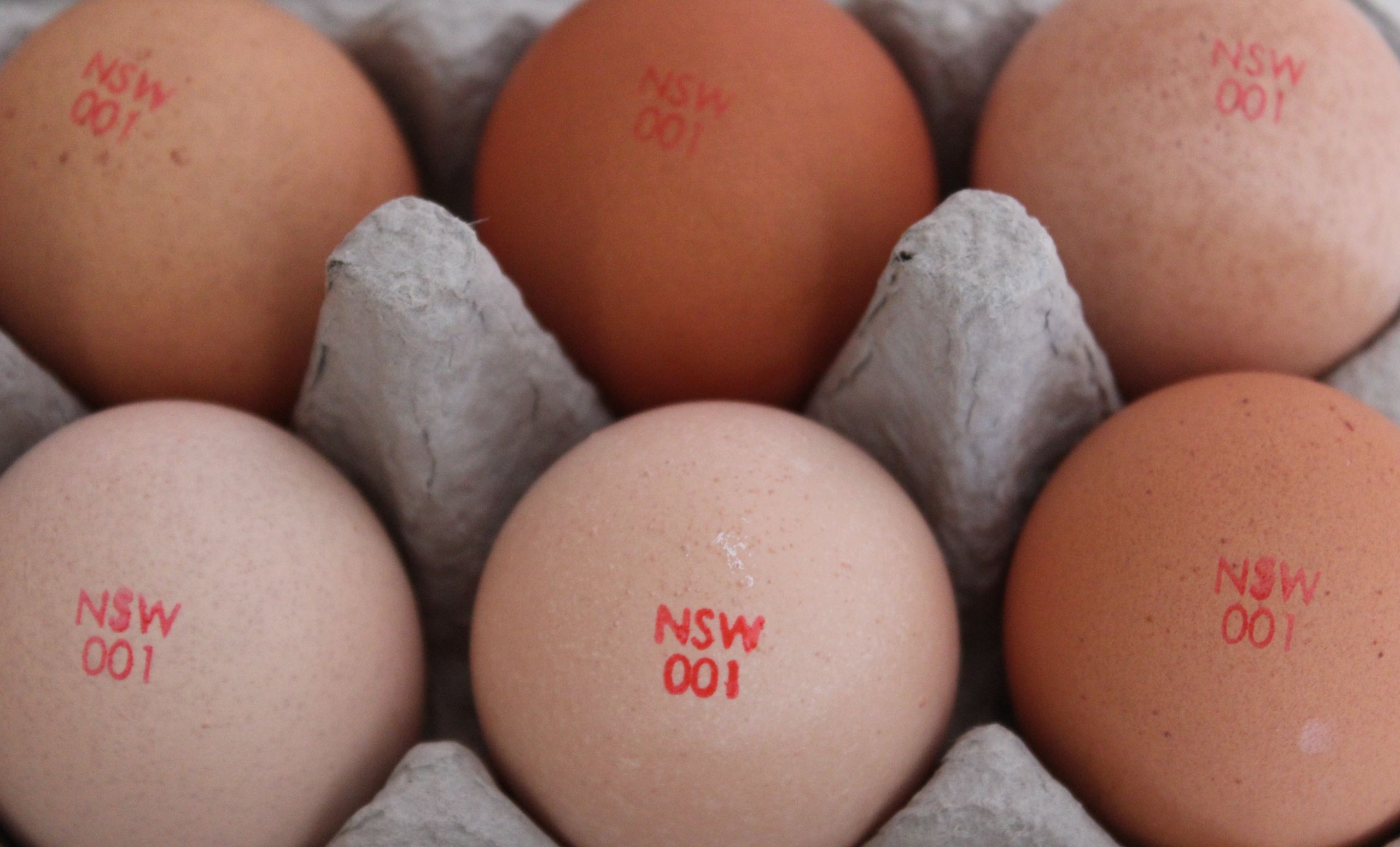
Inspections and audits
From July 2018 to September 2018, the Food Authority conducted 20 inspections and 44 audits of licensed egg businesses. This industry sector has recorded a very high compliance rate of 100%.
The below table shows comparable data for compliance and audit activity in the egg sector between the same reporting periods in 2017 and 2018.
| Reporting period | July - Sept 2017 | July - Sept 2018 |
|---|---|---|
| Total audits | 68 | 44 |
| Total inspections | 23 | 20 |
| Acceptable audit rate | 95% | 100% |
Egg Industry Consultative Committee, August 2018
Topics discussed at the Egg Industry Consultative Committee, held on 18 September included:
Update on National Foodborne Illness Reduction Strategy 2018-2021
The meeting received an update on a sub-project under the National Foodborne Illness Reduction Strategy to develop an understanding of the food safety culture of retail businesses that serve raw egg foods and help drive a reduction in the frequency of outbreaks linked to raw egg foods.
It was noted that there continues to be a significant decrease in salmonellosis outbreaks linked to raw egg foods in NSW, with the last outbreak occurring in January 2017. This is the lowest rate in the last 10 years and follows the introduction of additional measures around raw egg use at retail level which includes specific training of all Environmental Health Officers in NSW and dedicated training modules in the NSW Food Safety Supervisor program. NSW Health salmonellosis figures from January 2014 to July 2018 were tabled and showed that NSW has already achieved its 30% foodborne salmonellosis reduction target set out in the NSW Food Safety Strategy 2015-2021.
Consistency of animal welfare, food safety and biosecurity outcomes
A paper was tabled by Australian Eggs to prompt discussion around the work being done by their organisation, Egg Farmers of Australia and the Department of Primary Industries Regulatory Operations Unit to ensure that all organisations are working together and to ensure consistency in achieving their required animal welfare, food safety and biosecurity outcomes.
View a full summary of meeting outcomes.
PLANTS

Inspections and audits
From July 2018 to September 2018, the Food Authority conducted 11 inspections and 21 audits of licensed plant product businesses. This industry sector has recorded a high compliance rate of 96%.
The below table shows comparable data for compliance and audit activity in the plant sector between the same reporting periods in 2017 and 2018.
| Reporting period | July - Sept 2017 | July - Sept 2018 |
|---|---|---|
| Total audits | 30 | 21 |
| Total inspections | 14 | 11 |
| Acceptable audit rate | 92% | 96% |
Listeria Outbreak Investigation - Summary Report
Following the recent national listeriosis outbreak linked to rockmelons which affected 22 people (6 from NSW), an environmental and epidemiological investigation were both conducted. ) Tragically, the outbreak also included 7 deaths and one miscarriage.
NSW DPI conducted the environmental investigation into the outbreak and causative factors which have been summarised into a report titled Listeria Outbreak Investigation - Summary Report for the Melon Industry, October 2018.
This report outlines the findings of the investigation into the food processing and handling practices on the farm implicated as the source of the outbreak. As a result, it highlighted the need for improved control measures and awareness of external threats to food safety in the rockmelon industry (such as adverse environmental conditions like heavy rainfall and dust storms) as well as the possible impacts on the efficacy of established control measures and sanitising of fruit.
The report also contains recommendations for industry and growers on reducing food safety risks.
NSW Health conducted the epidemiological investigation into the outbreak, and this report titled Summary of national Listeria monocytogenes (MLST 240) outbreak Investigation 27 July 2018 is incorporated into the NSW DPI summary report as Attachment A.
See: Listeria Outbreak Investigation - Summary Report for the Melon Industry, October 2018
Training workshops
As a result of the outbreak, NSW DPI has conducted training workshops with rockmelon growers in NSW. This included face-to-face training and individual on-site food safety advice and was undertaken as a partnership between NSW DPI Biosecurity & Food Safety and NSW DPI Agriculture branches. Aspects of food safety covered by the training included:
- Awareness of external environmental factors
- Parameters for washing and sanitising of rockmelons; and
- Packhouse hygiene and cleaning
As part of this work, a best practice food safety guide will be developed for growers covering all aspects of farm management and washing and packing of melons. Training workshops for NSW growers were held in October, with on-site inspections commencing in November and December prior to harvest in December-January.
Food Standards Australia New Zealand have also been requested to review potential regulatory and non-regulatory measures to improve rockmelon food safety. The training and education initiatives identified above will ensure that NSW growers are well placed to adapt to any new regulations in the future.
VULNERABLE PERSONS

Inspections and audits
From July 2018 to September 2018, the Food Authority conducted 33 inspections and 373 audits of licensed hospitals and aged care businesses. This industry sector has maintained a high compliance rate of 99%.
The below table shows comparable data for compliance and audit activity in the vulnerable persons sector between the same reporting periods in 2017 and 2018.
| Reporting period | July - Sept 2017 | July - Sept 2018 |
|---|---|---|
| Total audits | 497 | 373 |
| Total inspections | 50 | 33 |
| Acceptable audit rate | 98% | 99% |
MANUFACTURING
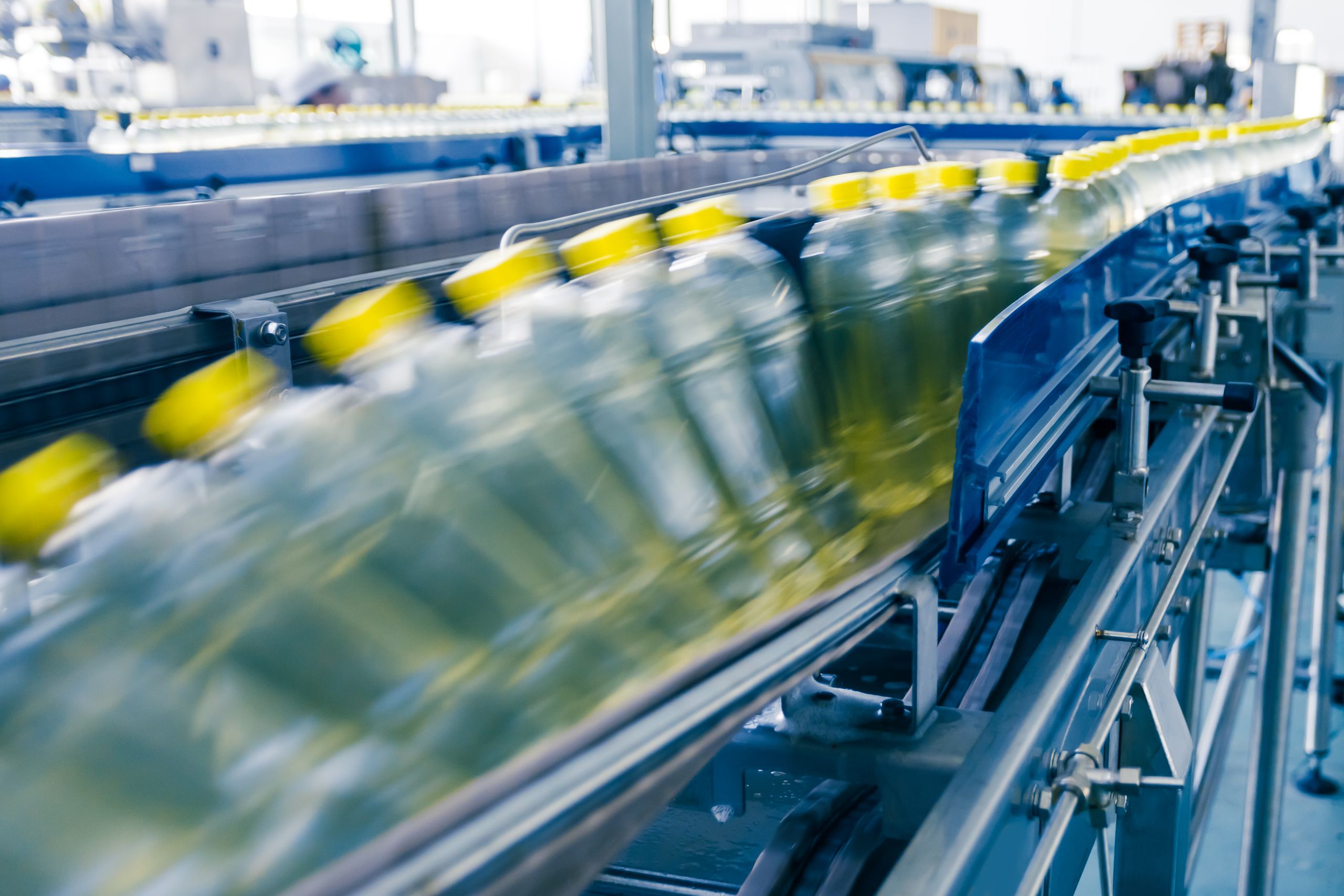
Health Star Rating - Five Year Review
In July 2017, mpconsulting was engaged to undertake a Five Year Review of the HSR System. Since that time mpconsulting has consulted extensively with stakeholders and worked closely with the Health Star Rating Advisory Committee to determine the extent to which the HSR System is meeting its objectives and also to identify options for improvements.

Health Star Rating advertisement
Health Star Rating advertisement
The consultation period closed on Friday 7 December, 2018.
More information on the Five Year Review can be found here.
PROSECUTIONS
Sydney butcher fined for illegal use of sulphur dioxide
In September 2018 a Sydney butcher was found guilty in the Campbelltown Local Court of breaches of the Food Standards Code relating to the use of sulphur dioxide (SO2) in mince products.
The proprietor of “St Andrews Halal Butchery”, pleaded guilty to two charges following an investigation by the NSW Food Authority.
The charges were brought under Section 21(2) of the Food Act 2003: Sell food that did not comply with a requirement of the Food Standards Code that relates to that food. Specifically Standard 1.3.1 (food additives).
Analysis of samples showed that the chemical was present in high concentrations with one sample containing 1000 mg/kg and the Magistrate found beyond a reasonable doubt that the addition of the SO2 was intended to enhance the presentation of the meat.
The proprietor was fined a total of $10,000 and ordered to pay professional costs of $2,000.
Sulphur dioxide is a chemical used as a preservative in some foods, it is permitted in controlled doses in certain products such as sausages but is not permitted at all in raw meat cuts or minced meat.
Some people, particularly asthmatics, are sensitive to sulphur dioxide. When ingested it may trigger typical asthma symptoms. Due to this, its use in foods is strictly controlled by the Food Standards Code.
NSW Food Authority CEO Dr Lisa Szabo said the Food Authority was vigilant in carrying out its role to ensure food producers, manufacturers and retailers meet food safety standards and, where required to be licenced under a Food Safety Scheme, their licence obligations.
"The NSW Food Authority is dedicated to protecting the health of NSW consumers and ensuring the food produced and sold in this state is safe and suitable for human consumption," Dr Szabo said.
"The important work that our officers do in regularly inspecting and auditing food businesses helps to improve food safety standards in the state.”
Allergy offences upheld in court after Sydney caterer contests penalty notice
In September 2018, the NSW Food Authority successfully prosecuted a Sydney caterer for allergy offences.
Ayva Catering Pty Ltd, trading as “Penrith Valley Inn” was investigated for selling food that did not comply with the purchaser’s request and resulted in an allergic reaction. The company had served a child on a school camp a meal containing nuts, despite the school requesting specific dietary requirements for students with allergies.
The company contested the original penalty notice and elected to have the matter determined by a court. The matter was heard in the Penrith Local Court where the company pleaded guilty to two offences under the Food Act 2003 (NSW).
- Section 15(4) False description of food - A person must not sell food that the person ought reasonably to know is falsely described and is likely to cause physical harm to a consumer of the food who relies on the description; and
- Section 19(1) Sale of food not complying with purchaser’s demand - A person must not, in the course of carrying on a food business, supply food by way of sale if the food is not of the nature or substance demanded by the purchaser.
The Magistrate imposed a fine of $8,000 in relation to the false description of food and $3,500 for the sale of food not complying with the purchaser’s demand and ordered the business to pay $3,500 in professional costs. In total the prosecution cost the company $15,000 in fines and costs.
NSW Food Authority CEO Dr Lisa Szabo said the outcome was an important reminder to food businesses of the responsibility they have when it came to managing allergens and complying with the request of the consumer.
“In the worst case scenario failure to meet an allergen request can be fatal,” Dr Szabo said.
“Effectively managing allergy risks is not only a legal requirement, it is also smart business practice and most importantly might actually save someone’s life.”
Further information about food allergies
PROCESSES
FSANZ call for submissions
Food Standards Australia New Zealand (FSANZ) have recently released a call for written submissions on the draft variation to the Code arising from the following applications:
- A1162 – Triacylglycerol lipase preparation from Trichoderma reesei as a PA (Enzyme)
To permit the use of enzyme triacylglycerol lipase from Trichoderma reesei as a processing aid in the manufacturing of cereal based products.
Written submissions are due by 6pm (Canberra time) 18 December 2018. Read more. - A1165 – Lysophospholipase from Trichoderma reesei as a PA (Enzyme)
To permit the use of lysophospholipase enzyme from Trichoderma reesei as a processing aid for use in starch processing.
Written submissions are due by 6pm (Canberra time) 18 December 2018. Read more. - A1155 – 2’-FL and LNnT in infant formula and other products
To permit the voluntary use of 2’-O-Fucosyllactose (2’-FL) alone or in combination with Lacto-N-neotetraose (LNnT), produced by similar but independent proprietary fermentation processes, in infant formula products and formulated supplementary foods for young children (FSFYC).
Written submissions are due by 6pm (Canberra time) 17 January 2019. Read more. - A1167 – Lactase from Bacillus subtilis as a PA (Enzyme)
To permit the use of lactase enzyme from Bacillus subtilis as a processing aid for use in dairy processing.
Written submissions are due by 6pm (Canberra time) 17 January 2019. Read more.
*reproduced with permission from Food Standards Australia New Zealand




